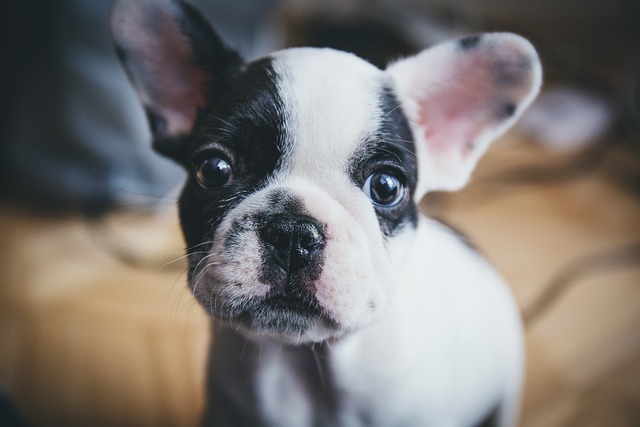
How to train your puppy to like grooming?
Grooming your puppy should be a bonding experience, not a wrestling match. But those tiny paws batting at the brush and squirms during nail trims can make it seem impossible.
Ah, the adorable chaos of puppyhood! Between the playful nips and endless curiosity, one question looms large for every new owner gazing at their tiny furball: "When on earth will they be reliably toilet trained?" It’s a universal rite of passage, and the answer, like many things with dogs, isn't a single magic number. It's a journey guided by biology, patience, and understanding your pup's unique development, all while keeping our paws firmly planted within responsible pet care norms here in the West.
Let's get the science bit out first. Puppies simply lack the physical capacity for full bladder and bowel control until they're about 12 to 16 weeks old. Think of it like a toddler – their little bodies are still developing the necessary muscles and neurological connections. Before this age, expecting perfect reliability is setting everyone up for frustration. They can start learning the concept much earlier, often as soon as you bring them home around 8 weeks. This initial phase is about establishing routines and positive associations, not expecting overnight miracles. The core "sweet spot" for making significant progress, where their bodies can better cooperate with their training, is generally between 12 and 20 weeks. However, don't be surprised if it takes until 6 months or even occasionally longer for some breeds or individuals to be considered fully reliable, especially overnight or during exciting distractions. Smaller breeds often have tinier bladders and may take a bit longer than their larger counterparts.
So, how do we navigate this journey effectively and kindly? Forget harsh methods or punishments – they damage trust and are increasingly scrutinized under animal welfare legislation across the EU, UK, and North America. Positive reinforcement is not just recommended; it aligns with modern, compassionate pet ownership expectations. Celebrate successes lavishly with treats and praise the instant your pup eliminates in the correct spot (whether that's outdoors on a specific patch of grass or on a designated indoor pee-pad). Consistency is your absolute best friend. Take your puppy out frequently: first thing in the morning, after every nap, after every meal or big drink, and before bedtime. Pick a specific cue phrase like "Go potty" or "Be quick" and use it calmly every time. Learn to read their subtle signals – sniffing intently, circling, or suddenly looking restless often mean "It's time, now!"
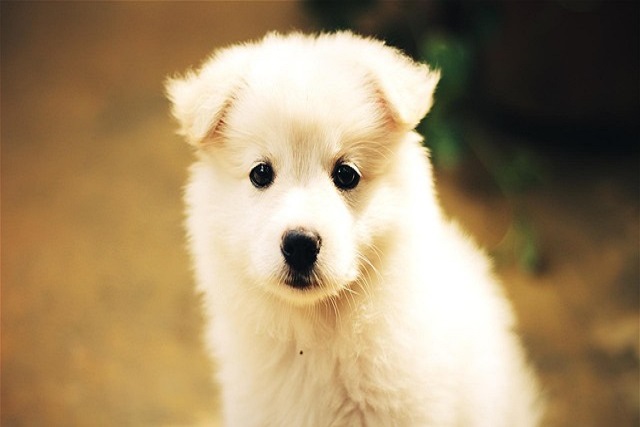
Crucially, accidents will happen. It’s not a failure; it’s part of the learning process for both of you. When it does, clean it up thoroughly with an enzymatic cleaner specifically designed for pet messes (available at any pet store or supermarket) to eliminate odors that might attract them back to the same spot. Never rub their nose in it or yell. Simply interrupt calmly if you catch them mid-act (a gentle "oops!" or clap to startle, not scare), then whisk them immediately to the correct spot. Patience truly is the most vital tool in your training kit. Remember, they aren't being "naughty"; they're learning a complex skill in a whole new world.
A quick note on location: Be mindful of local leash laws and ordinances. While your own garden is ideal, if you live in an apartment and need to use a communal balcony with pee-pads or take quick trips to a nearby green space, always ensure your pup is under control and you clean up meticulously – carrying poo bags is non-negotiable public etiquette! Also, be aware that some municipalities have specific rules about waste disposal. Consistency in location helps your pup understand exactly where the "bathroom" is.
The journey to a reliably toilet-trained pup is a marathon, not a sprint. It demands understanding their developmental timeline, unwavering consistency, abundant positive reinforcement, and oceans of patience. By focusing on building good habits gently and respecting their physical limitations, you'll not only achieve the goal but also forge a stronger, more trusting bond with your furry companion. Celebrate the small victories, learn from the inevitable oopsie moments, and know that with time and kindness, those puddles and surprises will become a thing of the past. Happy training!

Grooming your puppy should be a bonding experience, not a wrestling match. But those tiny paws batting at the brush and squirms during nail trims can make it seem impossible.
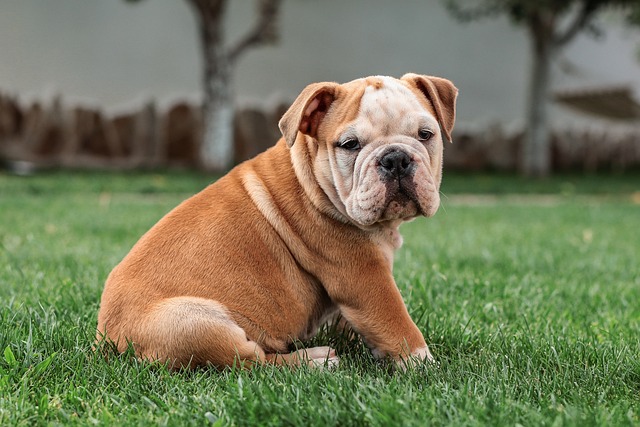
Bringing a new puppy home is a whirlwind of joy, but those unexpected puddles on the rug can quickly turn excitement into frustration.
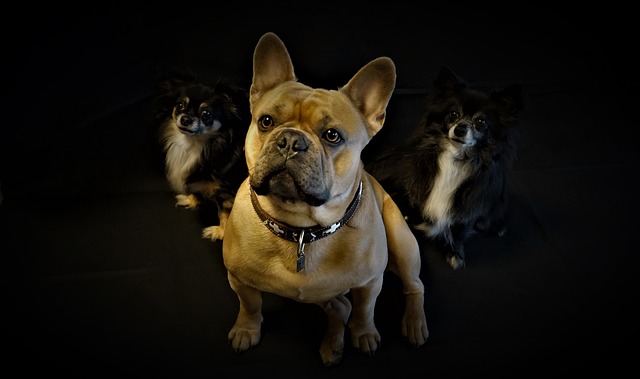
Discover why calming sounds, not harsh noises, are the key to reducing dog barking—backed by science and real stories of stress-free pups.
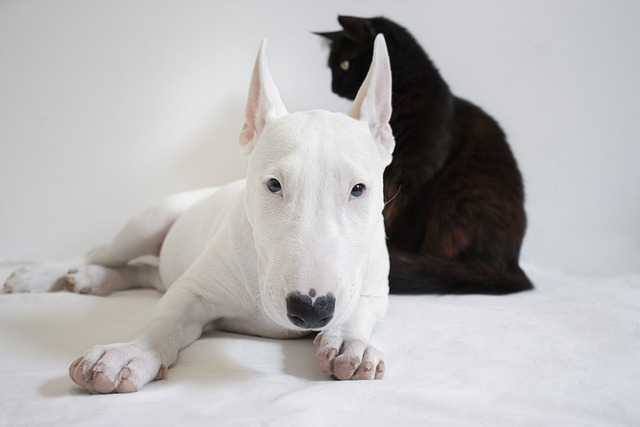
Watching your dogs snarl and snap at each other isn’t just stressful—it can quickly turn dangerous. Aggression between dogs under the same roof can stem from territory disputes, resource guarding, or even underlying anxiety.

That heart-jolting moment: the doorbell rings, and your dog transforms into a fur-covered alarm system. Whether you’re in a Brooklyn walk-up or a suburban split-level
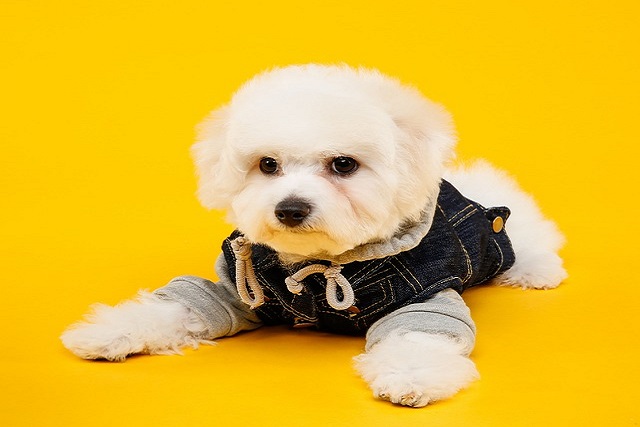
You’re in the middle of an important video call, and your dog won’t stop barking. Or maybe it’s late at night, and your neighbor’s dog’s incessant barking is keeping you up.